Creating an effective sports website design is about more than just flashy graphics and scores—it’s about delivering the right information and features in a way that is visually engaging and user-friendly. A well-designed sports website helps visitors find scores, schedules, news, and merchandise quickly, creating a seamless experience for fans, athletes, and organizers alike.
Whether you’re building a site for a professional team, sporting goods brand, or community league, your design should combine modern aesthetics, clear navigation, and essential functionalities like live updates and mobile responsiveness. Drawing inspiration from top-performing sports websites can help you choose layouts, features, and templates that fit your specific needs while ensuring strong performance and visibility.
Key Takeaways
- Effective sport website design focuses on usability and key features.
- Choosing the right templates and design examples improves site quality.
- Optimizing for performance ensures your site meets visitor needs.
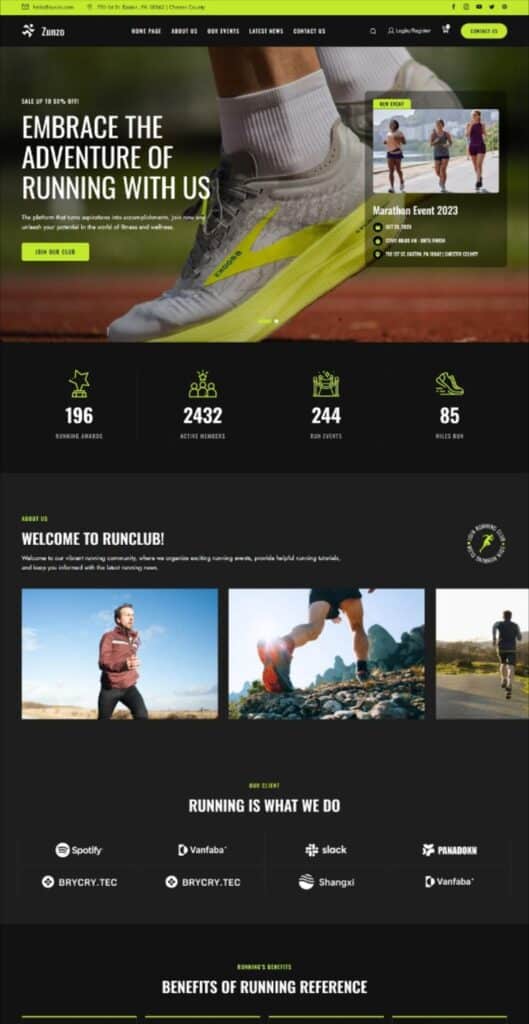
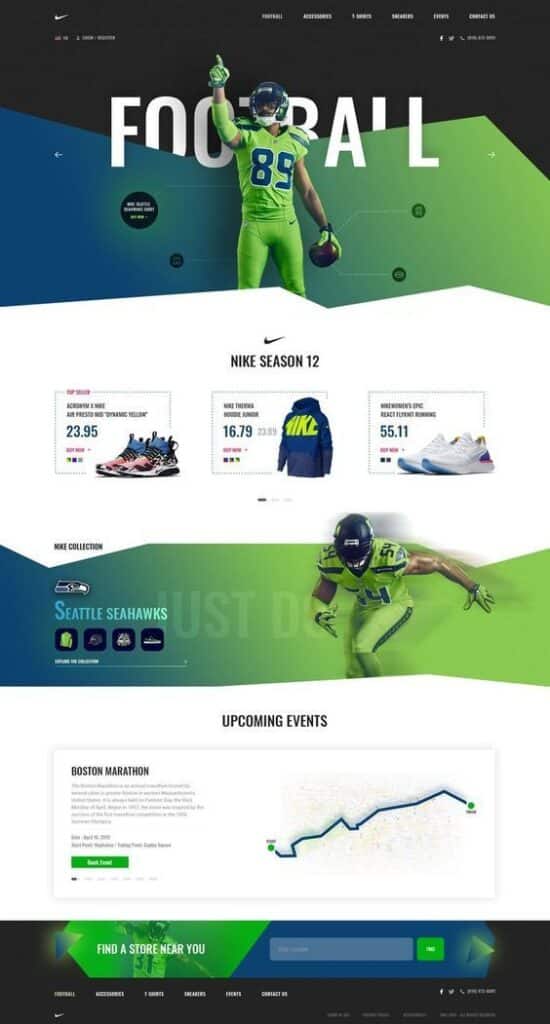
Fundamentals of Sport Website Design
A successful sports website needs to be both visually appealing and highly functional. Every design choice should support ease of use, branding consistency, and seamless interaction across all devices.
Core Design Elements
Start by prioritizing a strong visual identity. Use your team’s colors, logos, and fonts consistently throughout the site to reinforce your brand. High-quality images or action shots help attract visitors and instantly convey the excitement of your sport.
Navigation should be simple and intuitive. Menus, sidebars, or header links must make accessing schedules, scores, rosters, and ticket info straightforward. A clear hierarchy of information—like home, news, and team sections—keeps users oriented.
Clarity drives engagement. Avoid clutter by using whitespace and limiting on-page elements. Highlight key calls-to-action like “Join Now” or “Buy Tickets” with contrast and positioning.
User Experience Best Practices
Focus on fast load speeds. Compress images and optimize code so fans can find results and updates without delay. Immediate, responsive feedback—such as button highlights or loading indicators—keeps the interface interactive.
User flows should minimize steps. For example, joining a newsletter or purchasing merchandise should only require a few clicks. Make sure critical info like match times, player stats, and news is always accessible from the homepage.
Accessibility is crucial. Use readable fonts and proper color contrast for legibility. Add alt text to images and enable keyboard navigation to ensure your site serves everyone, including users with disabilities.
Responsive Website Techniques
Your site must perform flawlessly across smartphones, tablets, and desktops. Responsive design uses flexible grids and media queries to adapt layouts automatically, ensuring content looks sharp on all screen sizes.
Mobile navigation should use simple icons or collapsible menus to stay out of the way but remain accessible. Commit to touch-friendly buttons and ample spacing, as users often navigate with their fingers.
Test regularly with real devices, not just simulators. This exposes any issues with loading, scrolling, or readability. Consider popular website builders or consult professional web design agencies for specialized responsive solutions.
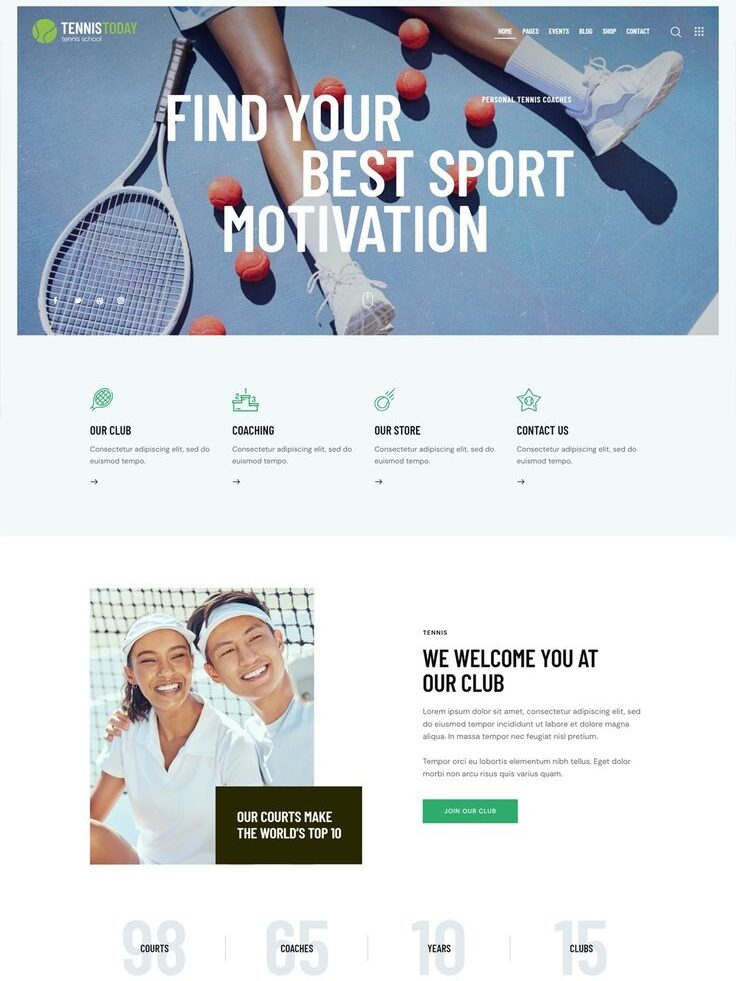
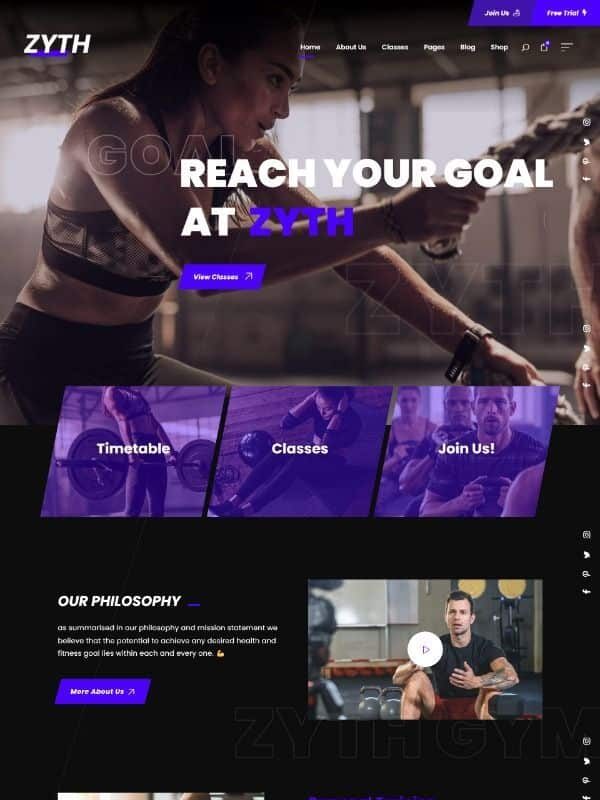
Choosing the Right Sport Website Templates
Selecting the ideal sport website template is key to creating a platform that is visually engaging and functionally robust. The right choice streamlines the website’s setup process, makes future updates easier, and helps establish credibility in the sports industry.
Best Sport Website Templates
Look for templates specifically designed for sports websites. These often come with features like event scheduling, team rosters, player profiles, and live score integrations.
A good template should be mobile responsive and easy to customize. SEO-friendly features are important if you want fans or clients to find your site easily online.
Some of the most popular platforms, such as Wix, ThemeForest, and Webflow, offer a wide variety of sports website templates. Many of these are built with clear navigation, modern layouts, and options to integrate media galleries or sponsor logos.
A quick checklist for the best templates:
- Responsive design
- SEO optimization
- Easy multimedia integration (photos, videos)
- Support for schedules, results, and statistics
- User-friendly content management
Customizing Sport Website Templates
Customizing your selected template helps your website stand out and match your brand or team identity. Adjust colors, typography, and logo placement to align with your sports organization’s visual standards.
You can usually modify layout elements, update section titles, and incorporate custom widgets for social media or merchandise. Many templates allow section-by-section edits using drag-and-drop editors, which lets you position features such as news tickers or upcoming events exactly where you want them.
If you require more control, consider starting with a highly flexible custom website template from providers who support advanced CSS and script editing. This gives you the ability to add new functionalities as your needs evolve.
Utilizing Fitness Website Templates
Fitness website templates are a strong choice if your focus extends beyond traditional sports to activities like personal training, gyms, or wellness coaching. These often include class schedules, trainer profiles, booking features, and integrations with blog or nutrition tracking tools.
Look for designs that prioritize clear calls-to-action, such as Join Now or Book a Session. These templates should include multimedia sections for workout videos, photo galleries, or testimonials.
When choosing a fitness website template, review the demo content to ensure that features fit your offerings. Templates that include pricing tables, membership options, and client progress trackers can be particularly useful for fitness-based sites.
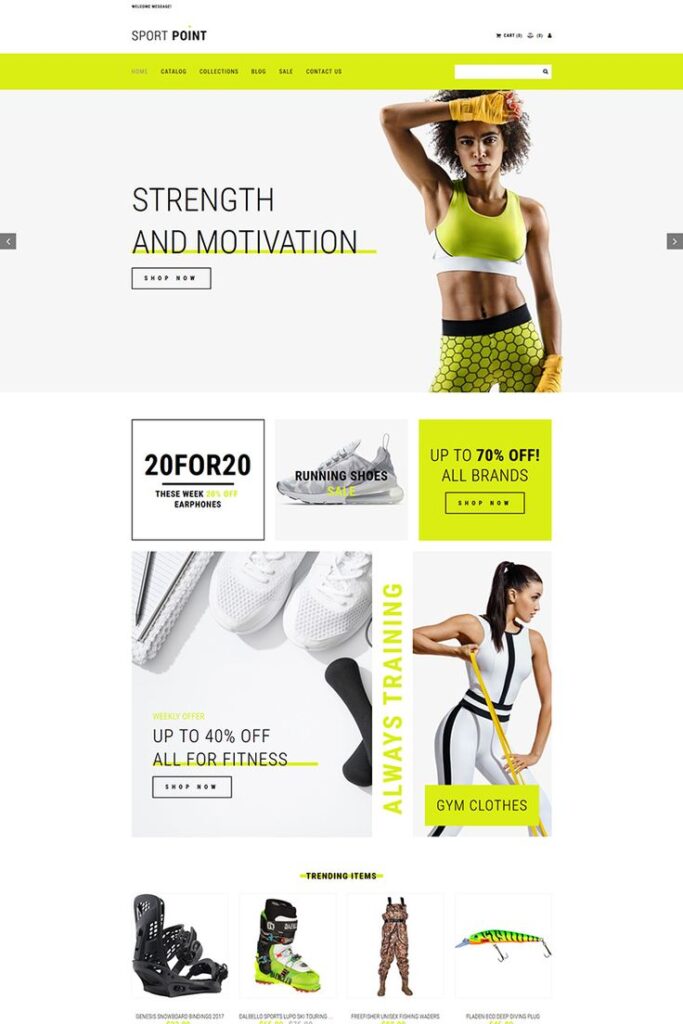
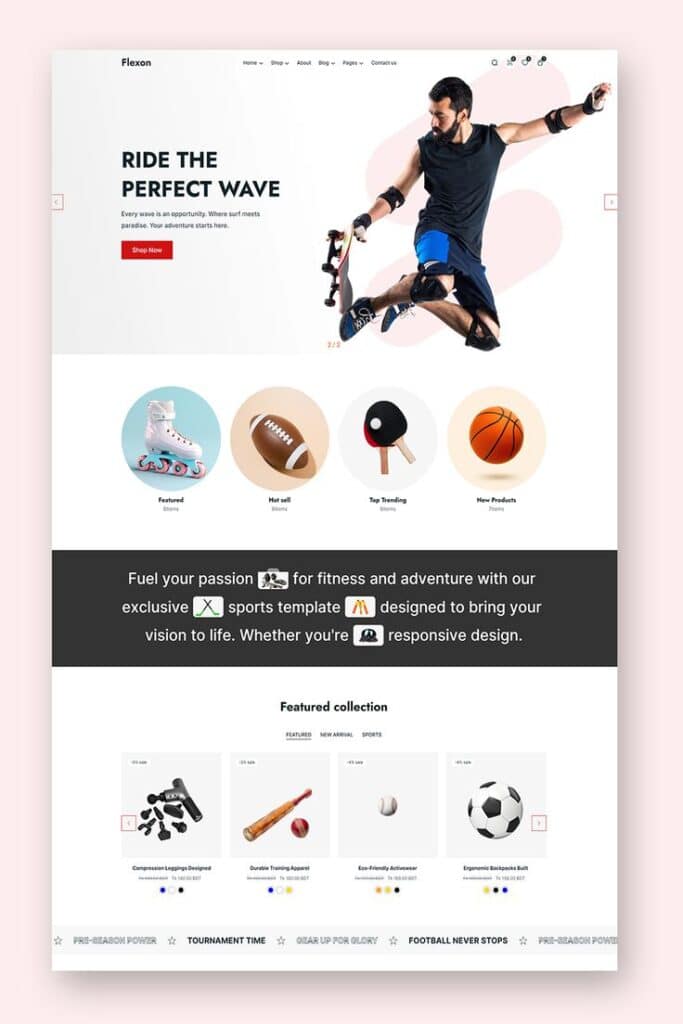
Key Features and Functionalities for Sports Websites
Sports websites succeed when they combine strong user engagement tools, efficient commerce options, and straightforward ways for fans to connect and stay informed. Clear layouts, responsive elements, and easy navigation are essential to deliver a seamless online experience.
Interactive and Engaging Features
To keep fans involved, your site should offer interactive experiences such as live score updates, matches schedules, and fantasy league modules. Incorporating call-to-action buttons—like “Buy Tickets” or “Join the Newsletter”—increases user interaction and helps drive conversions.
Features like fan polls, match-day chat rooms, and player profiles make the site feel dynamic and tailored to your audience. Testimonials from coaches or players and user comments can build trust and encourage more participation from visitors.
A mobile-responsive, interactive website keeps fans engaged on any device. Integrating social media feeds and sharing tools also helps fans spread the word and return often for fresh content.
Online Store Integration
An online store is critical if you plan to sell merchandise, tickets, or digital products. Your sports ecommerce website should present a clean product catalog, easy-to-use shopping cart, and secure checkout process.
Include filters to sort by product type, team, or price range. High-quality images and concise product descriptions make shopping straightforward. Promo banners and flash sales provide incentives for users to purchase.
Use call-to-action buttons like “Add to Cart” or “Shop Now” to guide shoppers. Offer email templates for order confirmations and shipping updates to keep customers informed throughout the buying process.
Contact and Communication Tools
Effective communication starts with an accessible contact form so fans can easily reach your team for questions, feedback, or sponsorship opportunities. Include essential fields such as name, email, and message, and ensure you respond promptly.
List additional contact details such as a business email address and phone number. Adding a table with contact hours or relevant departments can streamline inquiries:
| Department | Phone | |
|---|---|---|
| General Info | info@yourteam.com | 555-0102 |
| Tickets | tickets@yourteam.com | 555-0105 |
Connect with your audience through newsletter sign-ups and automated response email templates for common inquiries.
Blog and News Sections
A blog or news section is central to any modern sports news website template. This area keeps your audience updated with match previews, post-game analysis, and team announcements.
Include categories for easy navigation—such as “Match Reports”, “Player Profiles”, and “Club Updates.” Regular posting keeps fans informed and returning to your site.
Make it easy for visitors to comment and share articles on social media. Adding featured images, embedded videos, and highlight reels helps break up text and provides a richer reader experience.
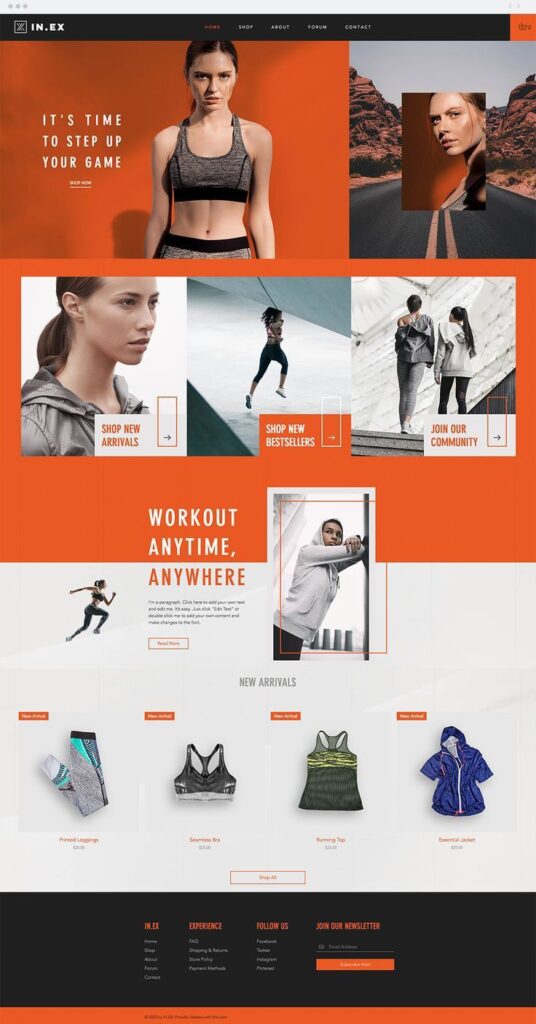
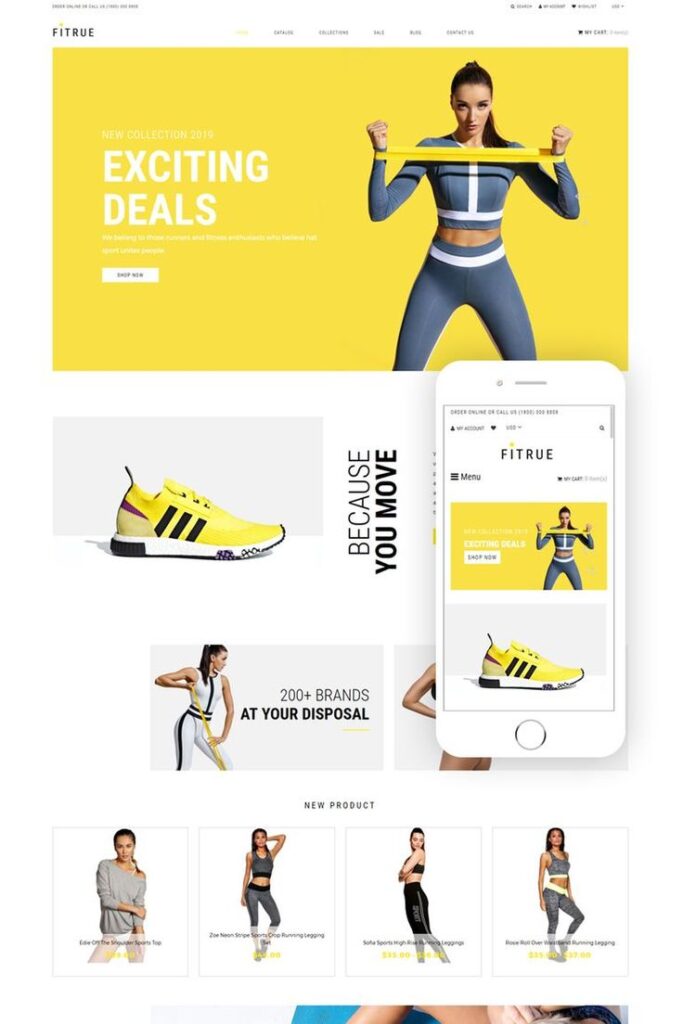
Design Inspiration and Real-World Examples
Designing a sports website benefits from looking at established examples and understanding what works across different sports markets and clubs. Examining how global organizations and professional teams structure content, highlight achievements, and engage fans can shape your own approach.
Highlighting Global Sports Markets
The global sports market includes a wide range of organizations, sponsors, and multinational brands. Websites for brands like Nike or international sports events often feature visually striking hero sections and concise, up-to-date news feeds.
Navigation is usually simple, with prominent calls to action such as “Shop,” “Join,” or “Schedule.” For global appeal, multilingual support and regional content variations are common. See the homepages for events like the Olympic Games or FIFA World Cup—they integrate bold imagery, live stats, and streamlined ticketing or merchandise pathways.
A table of effective components found in leading global sites:
| Feature | Example |
|---|---|
| Responsive design | Nike Global, FIFA |
| Social media feeds | Olympics, Premier League |
| Live data | ESPN, Formula 1 |
| Merch integration | Nike, PGA Tour |
Emphasize clarity and ease of access, especially when serving fans across different countries and sports.
Showcasing Professional Sports Clubs
Professional sports clubs such as football clubs, soccer clubs, and golf clubs tailor their sites for both fan engagement and member services. Club websites like FC Barcelona, Manchester United, and Augusta National Golf Club organize schedules, results, rosters, and ticket sales in separate, easy-to-use sections.
Visual branding—team colors, historical moments, and star players—is featured throughout the site. News headlines, match day galleries, and membership logins are given top priority. Social proof, including sponsor logos or championship trophies, appears on main landing pages and in sponsor carousels.
You often find sections for club history, interactive fan polls, and direct links to buy merchandise. Accessibility, fast loading times, and mobile usability are especially important, given the broad age and device range of supporters. Use these streamlined layouts and content blocks as a model for designing your own club or league website.
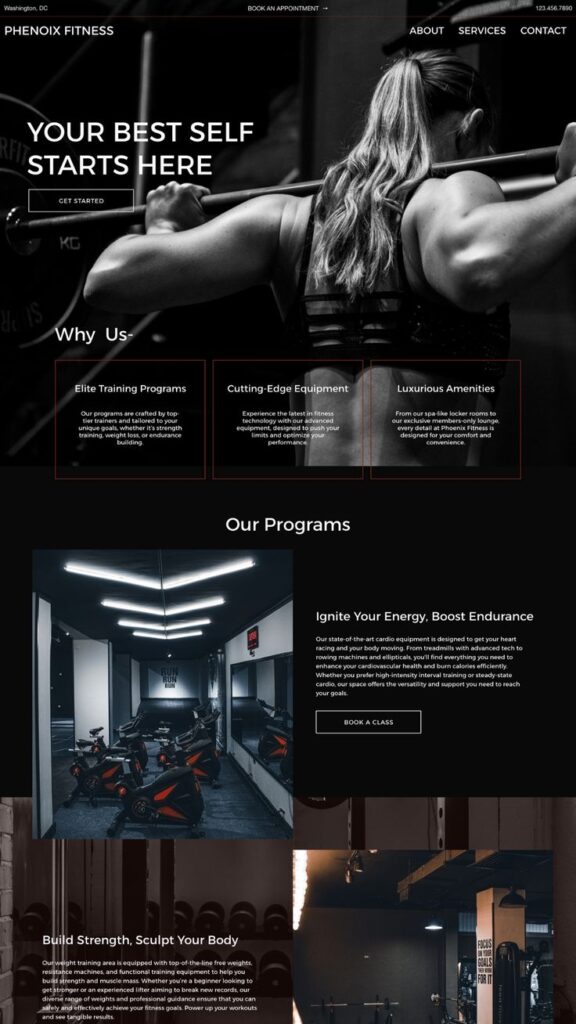
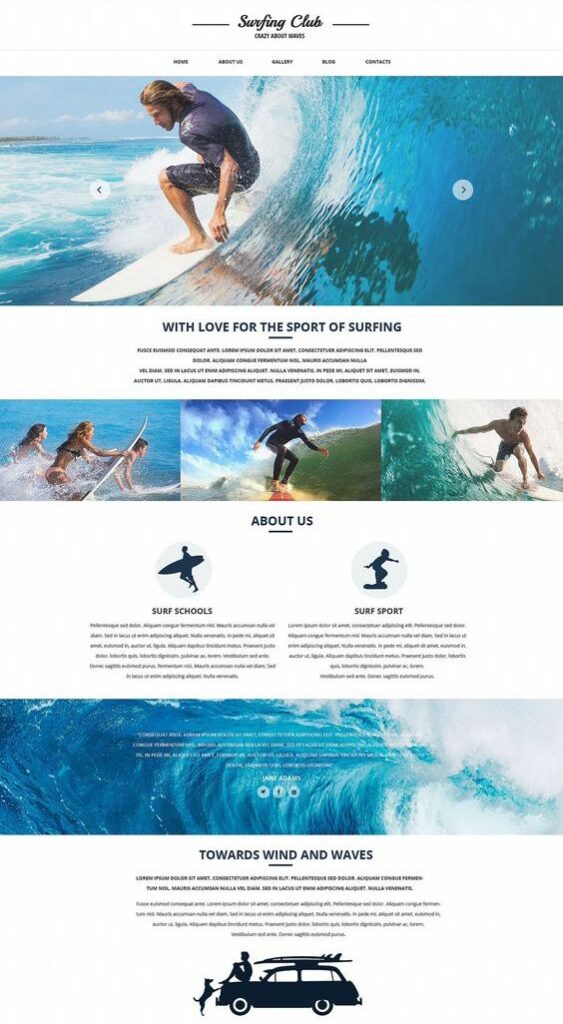
Optimizing Sports Websites for Performance and Visibility
Improving your sports website’s visibility and performance helps increase user engagement, attract more fans, and maintain a trustworthy online presence. Careful attention to SEO, fast hosting, and robust security ensure your site runs smoothly and ranks well in search engines.
SEO Strategies for Sport Websites
An effective SEO plan increases your sports website’s reach on Google, Bing, and Yahoo. Start by crafting descriptive, keyword-rich titles and meta descriptions for every page. Use clear heading tags and optimize images with descriptive alt text, especially for online images and player photos.
Use schema markup to enhance search result listings with match times, scores, or athlete profiles. Create an internal linking structure that makes navigation easy, and ensure URLs are short and relevant.
Regularly share fresh content like news, schedules, and results to signal activity to search engines. Submit an XML sitemap to major search engines to help them index your site efficiently.
Web Hosting and Speed Optimization
Reliable hosting directly affects site loading speed and user satisfaction. Choose hosting providers with data centers near your main audience and ensure they offer high uptime rates.
Compress online images to reduce load times, and use web-optimized formats like WebP or JPEG. Implement caching and enable a Content Delivery Network (CDN) to further boost speed, especially for global visitors checking scores or live updates.
Monitor site speed with tools like Google PageSpeed Insights. Make adjustments as needed to keep your score high, since slower sites frustrate users and may rank lower in search results.
Security and Redirects
Security is critical for sports websites, which often handle sensitive user data or comments. Use SSL certificates to secure connections, and keep all plugins, themes, and CMS platforms up to date.
Set up regular security audits and use firewalls to protect against threats. For redirects, use 301 or 302 protocols to guide users and search engines to updated pages, preserving SEO value and ensuring a smooth experience.
Keep an organized redirect map to avoid broken links after content changes. Enforce secure protocols on all pages, especially those with login or payment features.
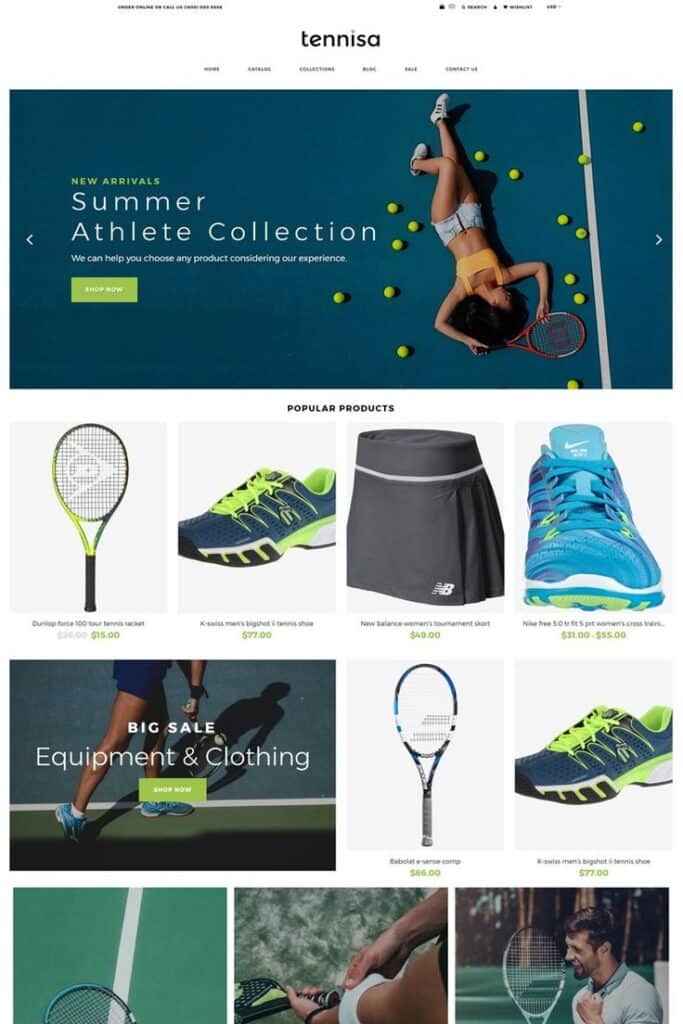
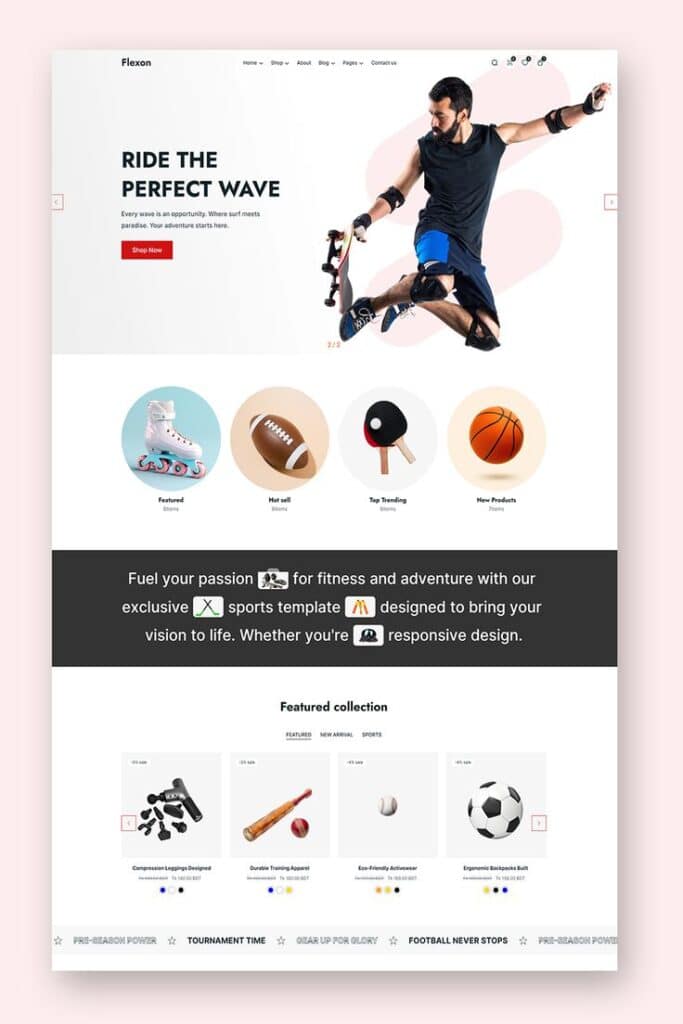
Sport Website Design for Specific Niches
Different sports niches require distinct approaches to web design. The right features can help you serve your audience, whether you’re focused on fitness, equipment, team management, or specialized activities.
Fitness Centers and Trainers
When designing a website for a fitness center or personal trainer, it’s essential to showcase the facility, services, and trainers clearly. High-quality workout images and trainer bios build trust with potential clients.
Offering interactive class schedules and easy online booking improves user experience. Integrating video demonstrations and client testimonials encourages sign-ups and helps you highlight success stories.
Pricing tables, special offers, and trial pass sign-ups can drive conversions. Mobile optimization is crucial since many users will access your site while on the go. Clear calls to action, such as “Join Now” or “Book a Session,” should be visible across all pages.
Ecommerce for Sportswear and Equipment
A sports ecommerce website should focus on clear navigation and product presentation. High-resolution product photos, filters for category or activity (like running, cycling, or boxing), and detailed sizing guides reduce friction for shoppers.
You should include features such as wish lists, customer reviews, and secure payment gateways. Highlighting collections for both performance and casual wear increases appeal.
Responsive design is necessary to cater to mobile shoppers. Quick access to customer service, either through chatbots or contact forms, builds trust—elements like these are becoming standard according to recent design trends.
| Feature | Benefit |
|---|---|
| Product filters | Easier selection for shoppers |
| Sizing guides | Fewer returns, increased confidence |
| Secure checkout | Builds trust, encourages more purchases |
Coaches and Sports Teams
Websites for sports coaches and teams should prioritize clear communication and straightforward navigation. Customizable schedules, bios for coaches and team members, and easy-to-find contact information are essential.
Player and coach profiles can highlight credentials and achievements. A news section or blog keeps the community updated on recent games or events.
Photo galleries and video highlights help celebrate wins and showcase team spirit. Integration with social media keeps fans engaged. Online forms for sign-ups, tryouts, or contacting the coach add to functionality and convenience.
Specialized Activities: Yoga, Golf, Boxing, Running, Cycling
Designing for specialized sports like yoga, golf, boxing, running, and cycling requires a tailored approach. For yoga, calming colors, online class schedules, and instructor introductions are vital.
Golf and boxing sites might feature event calendars, booking for private lessons, and equipment recommendations. Showcasing user reviews and top-rated services helps you appeal to enthusiasts and newcomers.
Running and cycling sites often benefit from listing upcoming events, training plans, and community forums. Maintaining a clear structure ensures that both beginners and experienced users easily find what they need, from group session sign-ups to instructional videos.
- 0shares
- Facebook0
- Pinterest0
- Twitter0



